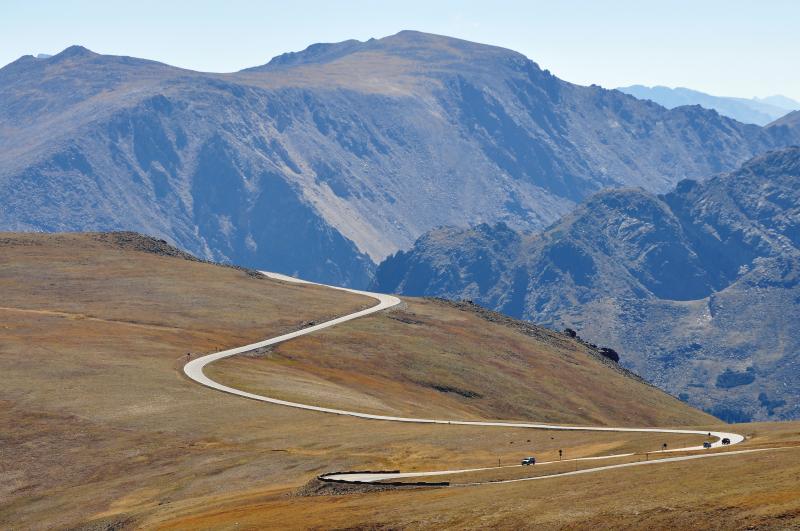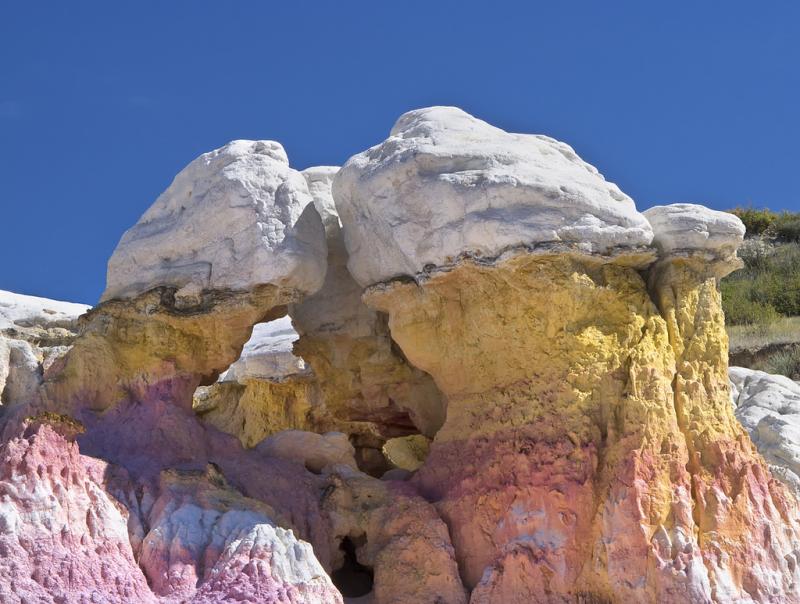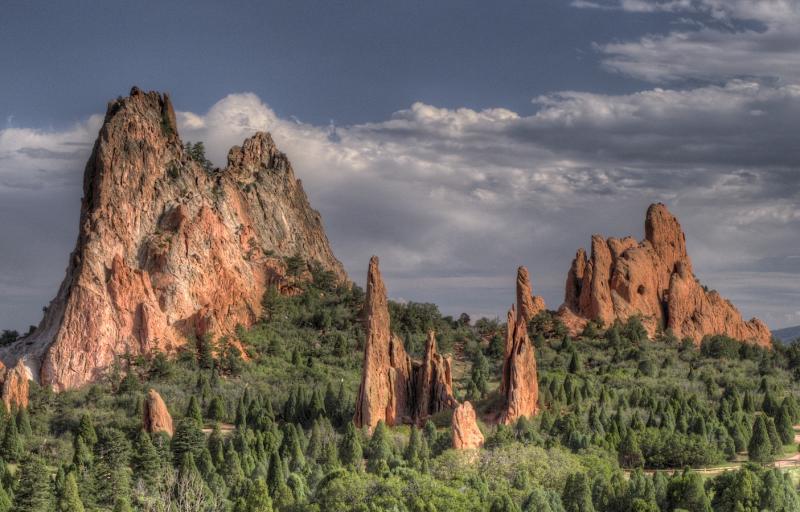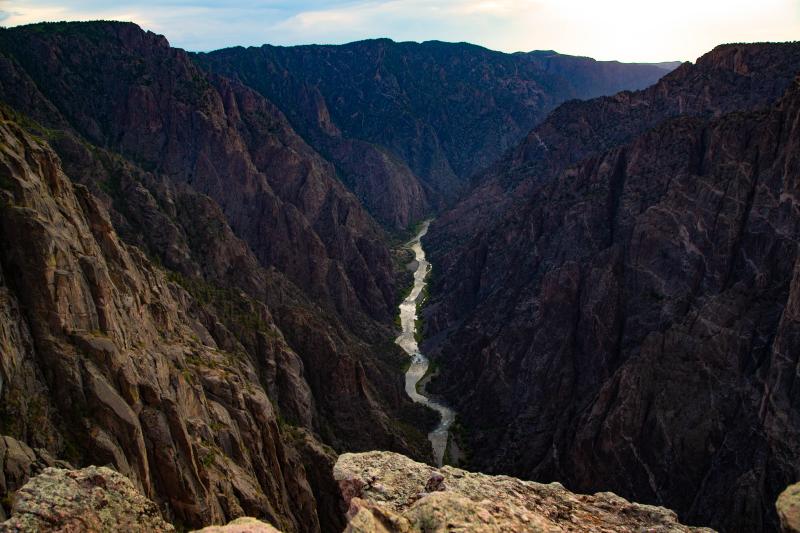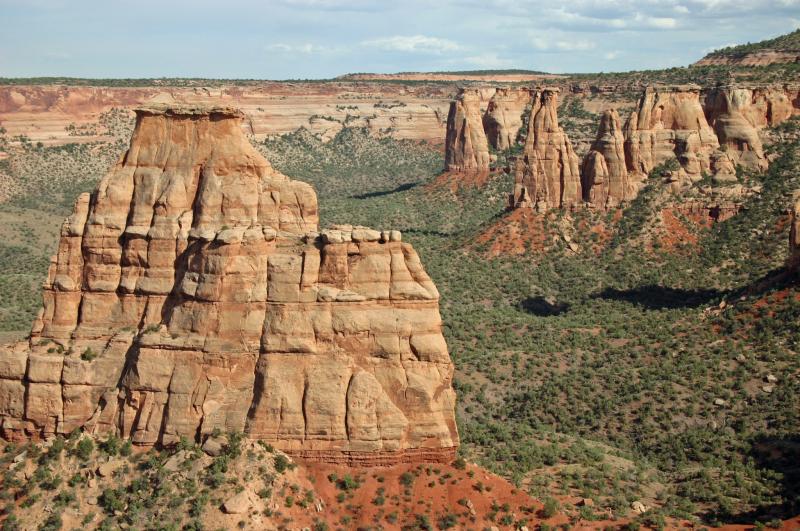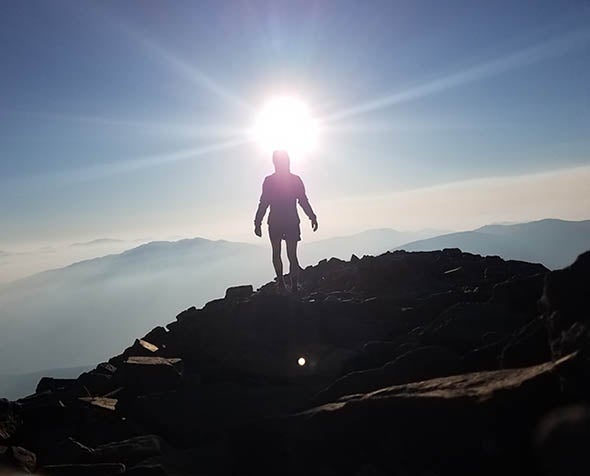Your Guide to Colorado's Natural Wonders

Whether you’re a lifelong flatlander or from Colorado, the Rocky Mountains are home to some of the world’s most stunning terrain.
Countless natural wonders scattered throughout the state are sure to offer you jaw-dropping vistas, otherworldly geological formations and a chance to spot any number of the flora and fauna that call Colorado home.
With summer in full swing, now is the time to get out and take in everything that Colorado has to offer. There are so many places to explore that it might be hard to choose, so to get you started, here are five of Colorado’s must-see natural wonders.
Rocky Mountain National Park
For anyone visiting Colorado from out of state, Rocky Mountain National Park is the perfect way to get out into the mountains. Located 71 miles northwest of DU, the park is a little over an hour and a half drive from campus, and it is absolutely worth making your way up to explore the park’s aspen-filled valleys, high elevation alpine tundra, glaciers and gorgeous Rocky Mountain peaks.
The 48-mile Trail Ridge Road, connecting Estes Park and Grand Lake is a great way to spend a summer day. Depending on stops, weather, and—more often than you might expect—wildlife-induced traffic jams, the drive takes four to five hours. The fully paved road is safe in most automobiles and, importantly, won’t violate a car rental agreement. The scenic drive will take you above tree line for 11 miles and up to a peak elevation of 12,183 feet above sea level, offering up endless views of the surrounding mountains. Before you make the trek, be sure to make a reservation with the National Park Service.
If getting out into the wilderness is what you’re looking for, there are also plenty of opportunities to hike, camp, fish, rock climb and more.
Paint Mines Interpretive Park
They call it “Colorful Colorado” for a reason—well, presumably, many reasons—from our snowcapped peaks and bluebird skies to the crystal-clear alpine lakes and golden hues of aspen groves in fall. But the Paint Mines Interpretive Park, located an hour and a half southeast of campus in Calhan, Colorado, is certainly one of those reasons.
The park’s trails wind through a network of rainbow-colored rock formations, featuring hoodoos and spires with vibrant bands of pink, orange, red and gold. Iron oxides, or rust, in the rocks and clay are what cause the incredible colors.
There’s a strict no-pet policy in the park, and you must always stay on marked trails, but it’s free and open dawn to dusk every day—and definitely worth a visit.
Garden of the Gods
Just over an hour south of campus, in Colorado Springs, lays one of the most magnificent sets of rock formations in the state. The Garden of the Gods’ main trail, at just over 1.5 miles, is an easy way to meander through the outlandish formations. Oftentimes you can catch a glimpse of rock climbers shimmying their way up high onto the rock faces.
The views from up top must be phenomenal, but for those that prefer to keep their feet on the ground, the park is just as worthwhile.
Black Canyon of the Gunnison National Park
Named after its wildly steep walls, which are so deep and narrow that they never see sunlight, the Black Canyon of the Gunnison is one of the best kept secrets in Colorado. Nearly five hours southwest of Denver, the Black Canyon of the Gunnison is worth the drive and, with plenty of options for hiking, fishing and other activities, there is plenty to do. But if you are looking for the best views, the park’s Painted Wall is hard to beat. Standing a whopping 2,250 feet from the Gunnison River to the top of the wall, it is the highest cliff in Colorado, and earns its name from the stripes that stretch across its face.
The park is also an International Dark Sky Park—if you want to peer into the night sky, there are few places in Colorado better suited for stargazing.
Colorado National Monument
Four and a half hours west of campus, just west of Grand Junction, the Colorado National Monument offers visitors stellar views of countless rock formations, canyons and the Book Cliffs to the east. At a staggering 450 feet tall, the park’s Independence Monument is one of the most stunning formations you’ll ever see. If you happen to be there on the 4th of July, you may just see a rock climber raising a flag at its summit.
The 23-mile Historic Rim Rock Drive is the highlight of the park, leading drivers through three caves and providing plenty of stops to pull off the road and explore. For the adventurous types, backcountry camping in the park’s desert terrain is allowed, but there are no amenities, so bring plenty of water.








